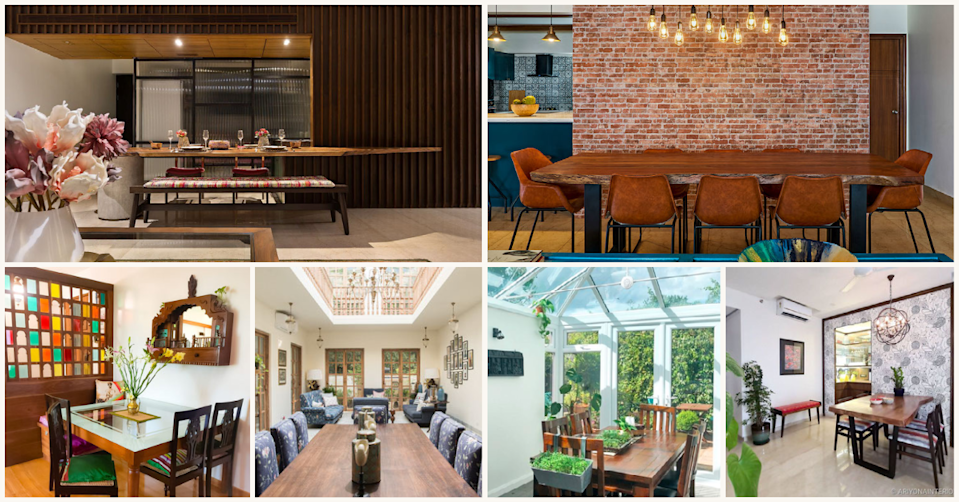Adding a rug to your dining room can instantly elevate the look and feel of the space. It can tie the room together and add a touch of warmth and coziness. However, there are also some potential drawbacks to consider. Let's dive into the pros and cons of having a rug in your dining room. Rug in Dining Room: Pros and Cons
When it comes to selecting a rug for your dining room, there are a few key factors to keep in mind. First, consider the size and shape of your dining table. You want to make sure the rug is large enough to encompass the table and chairs, but not so large that it overwhelms the space. It's also important to consider the style and color of the rug, as well as the material and durability. Don't forget about practical considerations like ease of cleaning and maintenance. How to Choose the Perfect Rug for Your Dining Room
There are a few different options for where to place a rug in your dining room. One popular choice is to center the rug under the dining table, making sure there is at least 2 feet of rug visible on all sides of the table. Another option is to have the rug centered in the room, with the table and chairs placed on top. This can work well in larger dining rooms or open floor plans. Lastly, you can also opt for a rug that extends beyond the table and chairs, creating a designated dining area within a larger room. Rug Placement in Dining Rooms
If you're looking for some inspiration for your dining room rug, there are plenty of options to choose from. A classic and timeless choice is a solid or patterned rug in a neutral color, such as gray, beige, or navy. For a bolder look, consider a brightly colored or geometric patterned rug. You can also play with textures, such as a shag or woven rug, to add some dimension to the space. Don't be afraid to mix and match different styles and patterns to create a unique and personalized look. Dining Room Rug Ideas
It's important to regularly clean and maintain your dining room rug to keep it looking its best. For daily maintenance, vacuuming is key. Be sure to use a vacuum with adjustable settings for different types of rugs, and avoid any harsh brushes or beater bars that can damage the fibers. For spills and stains, it's best to act quickly and blot the area with a clean cloth or paper towel. If the stain persists, you may need to use a mild solution of water and gentle detergent. For deeper cleaning, it's best to consult a professional rug cleaner. How to Clean a Dining Room Rug
As mentioned earlier, the size of your rug is an important consideration when choosing one for your dining room. Here are some general guidelines to keep in mind: for a rectangular table that seats 6-8 people, a rug that is at least 8 feet long and 10-12 feet wide is recommended. For a round table that seats 4-6 people, a rug with a diameter of at least 8 feet is recommended. Of course, these are just suggestions and the size can vary depending on the size and shape of your room. Rug Size Guide for Dining Rooms
Like any other home decor element, rugs also have trends that come and go. Currently, some popular trends for dining room rugs include natural materials like jute and sisal, as well as bold geometric patterns and bright colors. Layering rugs is also a popular trend, where multiple rugs of different sizes and patterns are layered on top of each other for a unique and textured look. Don't be afraid to experiment with different trends and find what works best for your personal style and space. Dining Room Rug Trends
As mentioned, natural materials like jute and sisal are currently trending for dining room rugs. These materials are not only stylish, but also durable and easy to clean. Other popular materials for dining room rugs include wool, which is known for its softness and durability, and cotton, which is easy to clean and comes in a variety of patterns and colors. Ultimately, the best material for your dining room rug will depend on your personal preferences and lifestyle. Rug Materials for Dining Rooms
A rug can be a great addition to your dining room decor, but it's important to make sure it fits in seamlessly with the rest of the space. One way to do this is by choosing a rug that complements the colors and patterns already present in the room. You can also tie in the rug with other elements, such as curtains, throw pillows, or a centerpiece on the dining table. Additionally, make sure the rug is the right size and shape for the room and furniture. How to Incorporate a Rug in Your Dining Room Decor
To wrap things up, here are some dos and don'ts to keep in mind when it comes to dining room rugs. Do choose a rug that fits the size and shape of your room and furniture. Do consider the material and maintenance of the rug. Do have fun with different styles and patterns. Don't choose a rug that is too small for the space. Don't be afraid to mix and match different styles. Don't forget to regularly clean and maintain your rug. With these tips in mind, you can confidently add a rug to your dining room and enjoy all the benefits it brings. Dining Room Rug Dos and Don'ts
The Benefits of Using a Rug in Your Dining Room
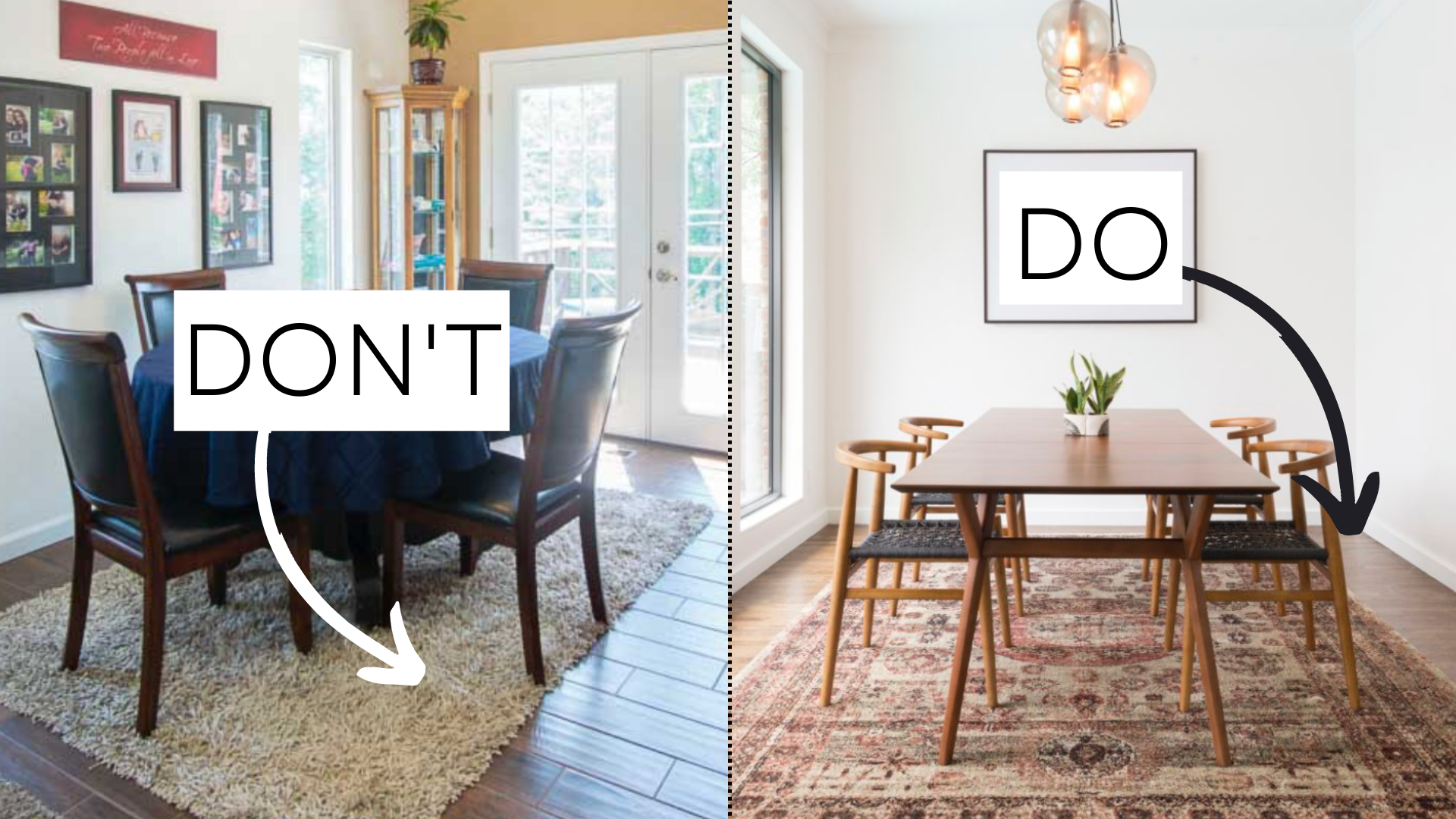
Enhances the Aesthetics of Your Dining Room
/choose-dining-room-rug-1391112-hero-4206622634654a6287cc0aff928c1fa1.jpg) When it comes to decorating your dining room, one of the key elements to consider is the use of a rug.
Rug in dining room or not
is a common dilemma among homeowners, but incorporating a rug into your dining room design can bring numerous benefits. Not only does it provide an added layer of texture and visual interest, but it also helps tie the room together and create a cohesive look. A rug can also act as a focal point in the room, adding a touch of personality and character to the space.
When it comes to decorating your dining room, one of the key elements to consider is the use of a rug.
Rug in dining room or not
is a common dilemma among homeowners, but incorporating a rug into your dining room design can bring numerous benefits. Not only does it provide an added layer of texture and visual interest, but it also helps tie the room together and create a cohesive look. A rug can also act as a focal point in the room, adding a touch of personality and character to the space.
Defines the Space
 Having a rug in your dining room can help define the space and create a designated area for dining. This is especially useful in open floor plans where the dining room may be connected to the living room or kitchen. By placing a rug under the dining table, you can visually separate the dining area from the rest of the room and create a sense of intimacy. This also helps prevent the dining area from feeling like an afterthought in the overall design of the space.
Having a rug in your dining room can help define the space and create a designated area for dining. This is especially useful in open floor plans where the dining room may be connected to the living room or kitchen. By placing a rug under the dining table, you can visually separate the dining area from the rest of the room and create a sense of intimacy. This also helps prevent the dining area from feeling like an afterthought in the overall design of the space.
Provides Comfort and Warmth
 Another benefit of having a rug in your dining room is the added comfort and warmth it provides. Dining rooms are often filled with hard surfaces such as wood or tile, which can feel cold and unwelcoming. By placing a rug under the dining table, you not only add a cozy element to the room, but it also helps absorb sound and reduce echoes. This can make for a more enjoyable dining experience, especially when hosting guests or having family meals.
Another benefit of having a rug in your dining room is the added comfort and warmth it provides. Dining rooms are often filled with hard surfaces such as wood or tile, which can feel cold and unwelcoming. By placing a rug under the dining table, you not only add a cozy element to the room, but it also helps absorb sound and reduce echoes. This can make for a more enjoyable dining experience, especially when hosting guests or having family meals.
Protects Your Floors
 Using a rug in your dining room can also help protect your floors from scratches, spills, and other damages. Dining chairs are constantly being moved in and out, which can cause wear and tear on your floors. A rug can act as a barrier between the chairs and the floor, preventing any potential damage. It can also be easier to clean and maintain a rug compared to a hard surface floor, making it a practical and functional addition to your dining room.
Using a rug in your dining room can also help protect your floors from scratches, spills, and other damages. Dining chairs are constantly being moved in and out, which can cause wear and tear on your floors. A rug can act as a barrier between the chairs and the floor, preventing any potential damage. It can also be easier to clean and maintain a rug compared to a hard surface floor, making it a practical and functional addition to your dining room.
Conclusion
:max_bytes(150000):strip_icc()/201105-MV-CandaceMaryLongfellow_008-1-25517521e3604a32b7aa525246ec25db.jpg?strip=all) In conclusion, incorporating a rug into your dining room design can bring numerous benefits. From enhancing the aesthetics of the room to defining the space, providing comfort and warmth, and protecting your floors, a rug is a versatile and functional element to add to your dining room. So when faced with the dilemma of
rug in dining room or not
, consider the advantages it can bring to your space.
In conclusion, incorporating a rug into your dining room design can bring numerous benefits. From enhancing the aesthetics of the room to defining the space, providing comfort and warmth, and protecting your floors, a rug is a versatile and functional element to add to your dining room. So when faced with the dilemma of
rug in dining room or not
, consider the advantages it can bring to your space.


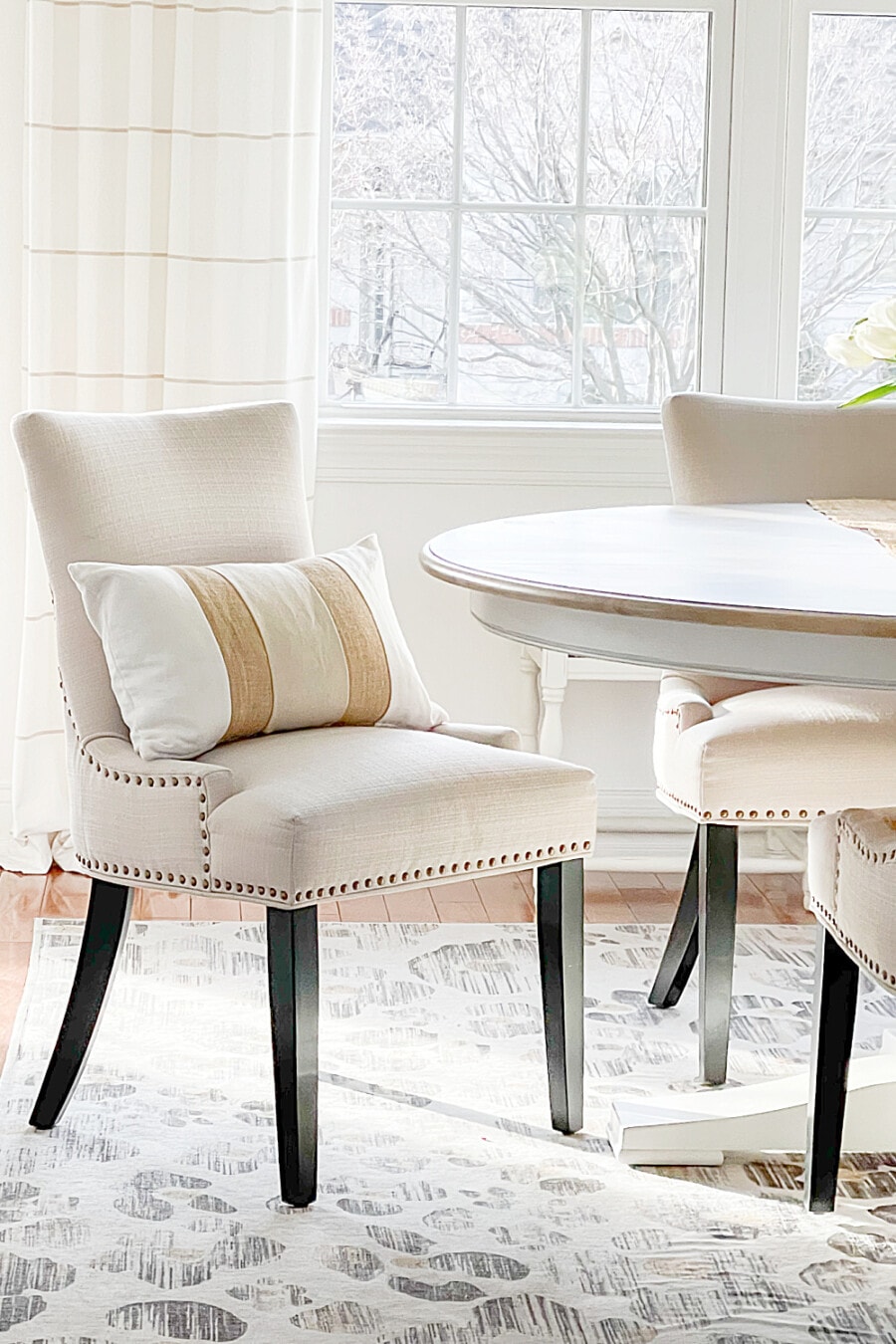













:max_bytes(150000):strip_icc()/choose-dining-room-rug-1391112-05-f4228e699f934939b2399361560ba2e7.jpg)





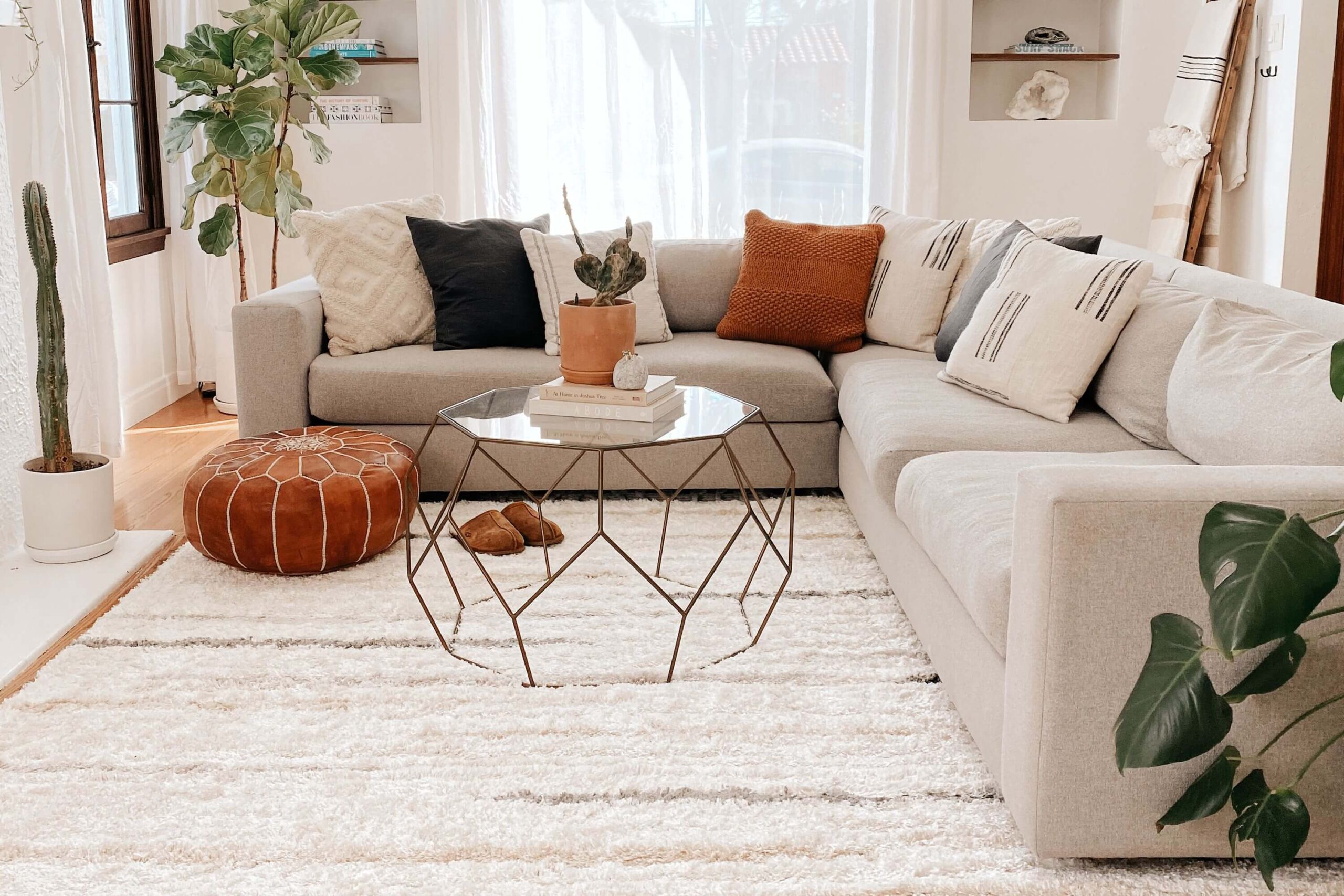






























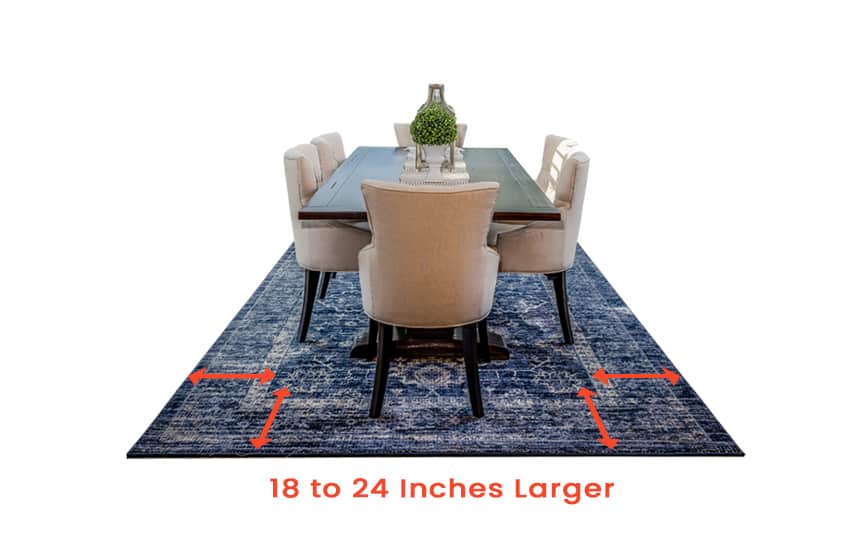





:max_bytes(150000):strip_icc()/choose-dining-room-rug-1391112-hero-4206622634654a6287cc0aff928c1fa1.jpg)











